See the History of Ticker-Tape Parades Beneath Your Feet on Broadway’s Canyon of Heroes
Uncover the history of NYC's confetti-covered parades that have been running since the 1880s!

In an interview with Untapped New York, Norman McGrath explores his collection “Penn Station–A Flawed Masterpiece.”

Over 60 years ago, Norman McGrath photographed the demolition of Penn Station (1963-1967). As a structural engineer-turned-architectural photographer, McGrath’s curiosity was piqued by the richness of the station’s grand architecture. The sheer size of this colossal building tested McGrath’s photographic skills. While most have viewed the grand scale of the original Penn Station as a sign of eminence, McGrath saw it as a functional flaw. He expanded on this point of view while speaking with Untapped New York at his Upper West Side apartment.
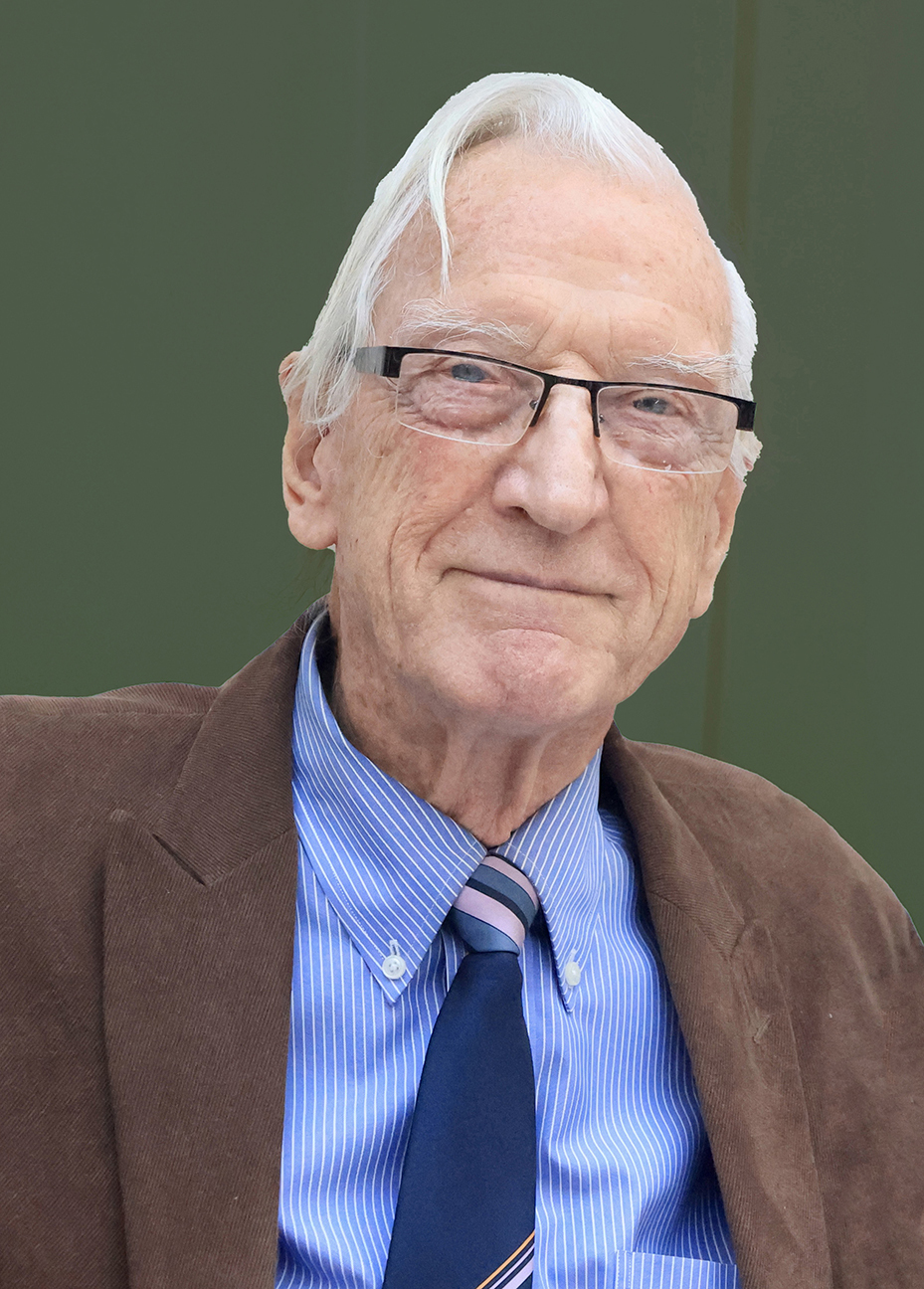
Penn Station’s design by renowned architecture firm McKim, Mead & White was a marvel of the late 19th century Beaux Arts style. Grand arched windows and towering marble columns made for a monumental building fit to serve as the “entrance to one of the great metropolitan cities of the world.” Its destruction was the impetus for the city’s Landmarks Law.
In his photography collection, “Penn Station—A Flawed Masterpiece,” McGrath turns a critical lens on the celebrated structure. His images of the deconstruction process reveal stunning features of Pennsylvania Station that were perhaps overlooked due to the overwhelming scale of the station, which stretched two city blocks from 7th to 8th Avenue between 31st Street and 33rd Street. This collection was recently on view—for only the second time ever—at The Century Association, where McGrath will give a talk in April.
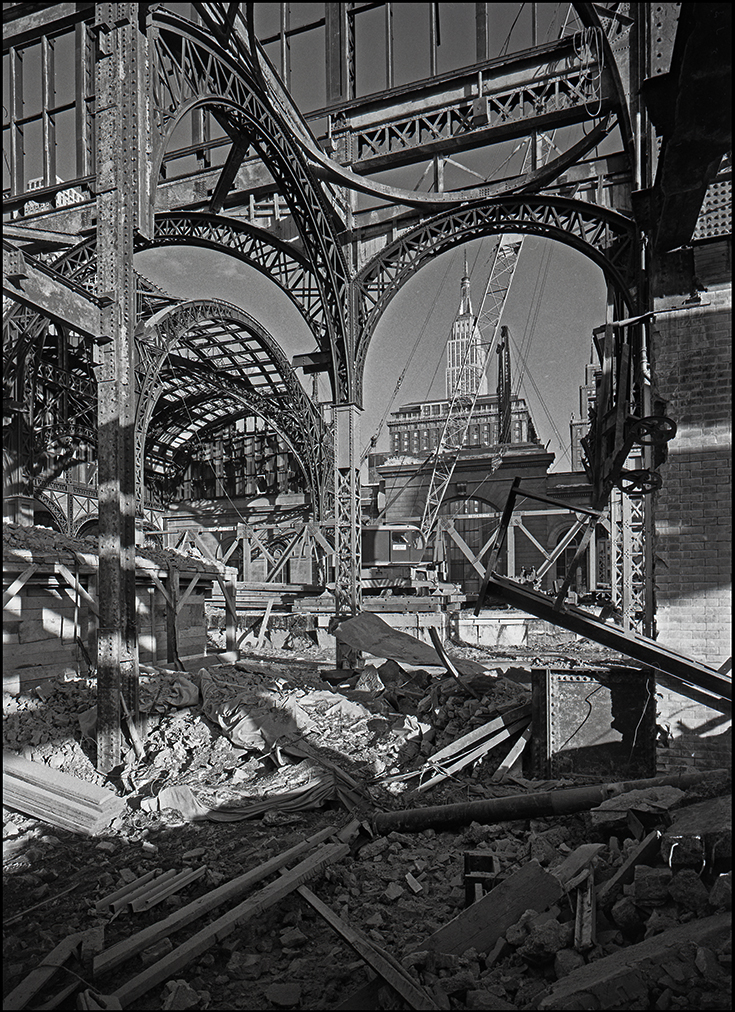
Over multiple hours of conversation, McGrath reminisced on his photography career and highlighted what may be his most undervalued yet comprehensive collection. Below are excerpts from our conversation and images from this one-of-a-kind collection.
Untapped New York: What did your early career look like?
Norman McGrath: Photography wasn’t even on the agenda. I grew up in Dublin and went to university at Trinity College, Dublin, which was the best university in Ireland, but the only problem was that my main interest really was architecture. I mean, if I had a professional interest at all, and I wasn’t sure that I did. So, to make a long story short, since there was no School of Architecture at Trinity, I did what I thought was the next best thing: structural engineering because structural engineers work closely with architects on buildings. After graduation, Marvin Standish, an engineer who’d been a personal friend of my father’s, [had] his initial consulting office in London, but his first branch office was in Dublin, so I went to work there right out of college. From there, I came to America. My mother was American, and I had visited my grandfather twice in Dallas, Texas and I developed a strong relationship with him. I was his only grandson and I just thought he was the bee’s knees. I never seriously considered living anywhere else.
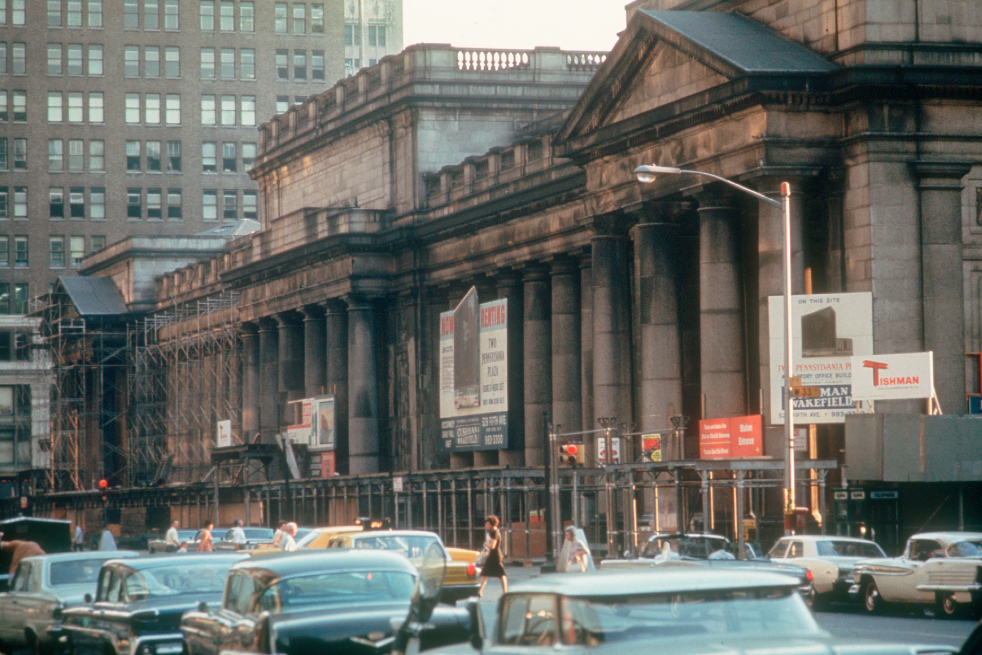
Untapped New York: When you first arrived in New York City, you worked for a structural engineering company. When and how did you decide to shift your career to photography?
McGrath: I came to America in October of 1956 and worked for about four years, but then the firm went into a long, slow decline, and I eventually got fired. At that point, I had become very interested and involved as a photographer, an amateur photographer. A lot of the subjects that I was photographing were architectural in nature, and I wondered if there was any possibility that it could be a field that I could pursue. So when this came out (getting fired), I decided that if I don’t try now, I probably won’t ever, and I bought myself a four-by-five view camera.
I knew that that was the chosen tool for the work and set about trying to teach myself. But after a couple of months of living on my savings, I got a call from a former associate of the firm, who had also left and set up his own company. He desperately needed people to work for him, so I was able to make arrangements to work part-time [as an engineer] for him. I could then devote whatever spare time I had to make this transition [to photography]. As you can imagine, if you’re doing two things like that, it takes much longer than working full-time. So, over about four years, starting in the early 60s, I would take time off and do photography in different places, particularly down in D.C. because I had an aunt and uncle who lived there, and I was interested in the architecture of Washington, DC, which was then evolving fast. Over those four years, I managed to introduce myself to editors in the architectural field, who I made myself known too and brought projects to their attention. I really just made a nuisance of myself, so I eventually started to get assignments. I figured the only way I could really get a foothold in the field was through publication, and back then, there were four or five architectural magazines active in the city.
Today, I know it’s very different. It would be impossible for me to do what I did then. Plus, because of cutting-edge digital photography, there are many ways in which photographs can be enhanced to make them acceptable to promote architecture, which is the main purpose of architectural photography. Most of my clients were either architectural magazines or architects who needed to publicize their work. They needed to have portfolios, and so on. So, that’s where most of my work came from.
Untapped New York: How did your passion for photographing Penn Station come about?
McGrath: I was doing a workshop with Alexey Vyacheslavovich Brodovitch, a Russian-born art director of Harper’s Bazaar and he persuaded all participants in the workshop to select a topic for class discussion. My topic was the demolition of Penn Station. So I set out to document that as thoroughly as possible—nothing official about it. In fact, it was not only unofficial, it was probably illegal.
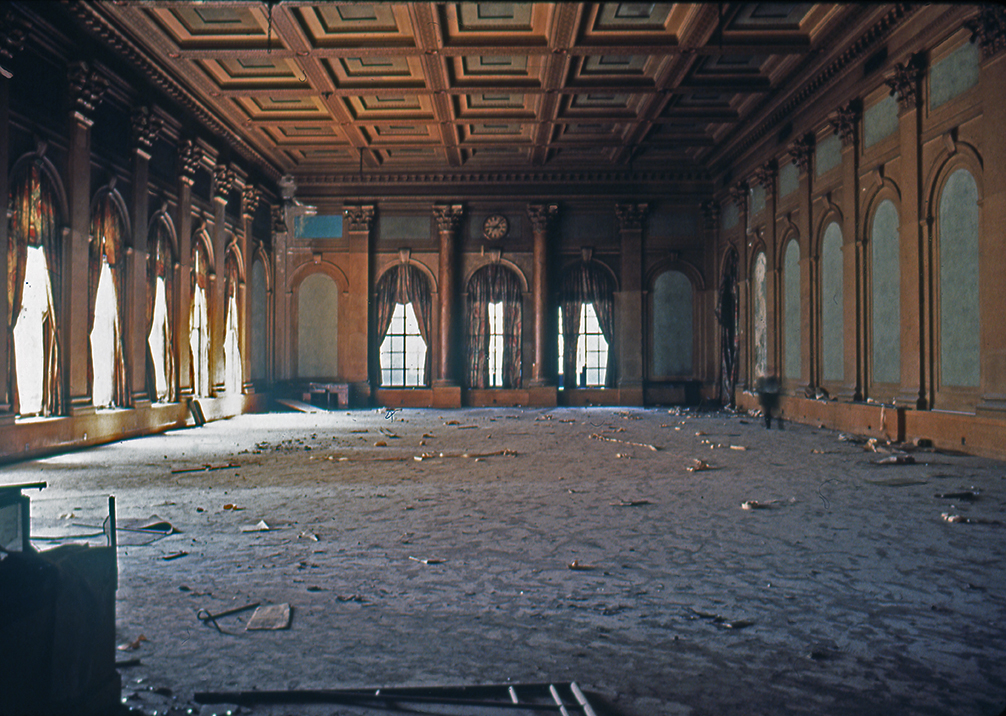
The project was so large and one of the conditions of the building’s transition from an above-ground Penn Station to a totally belowground facility was that the train service [had to] be kept constant and uninterrupted, all during construction. That was a great thing. It was not difficult to gain entrance to the subject; once you figured out a way in, you could come and go almost as you pleased.
During the demolition period, I was working in the Pennsylvania [Hotel], so I had views that were hard to photograph. The photograph of the station’s roof, which, architecturally, is arguably the most interesting and effective part of the building, shows the glass and steel roof that went unnoticed by visitors. A lot of my photographs, although some have people in them, many don’t. That wasn’t by design. It was simply because there was no work going on. I would have liked to have included them (people) because it offered scale. It’s one of the reasons that many of my photographs have Aaron Rose in them.
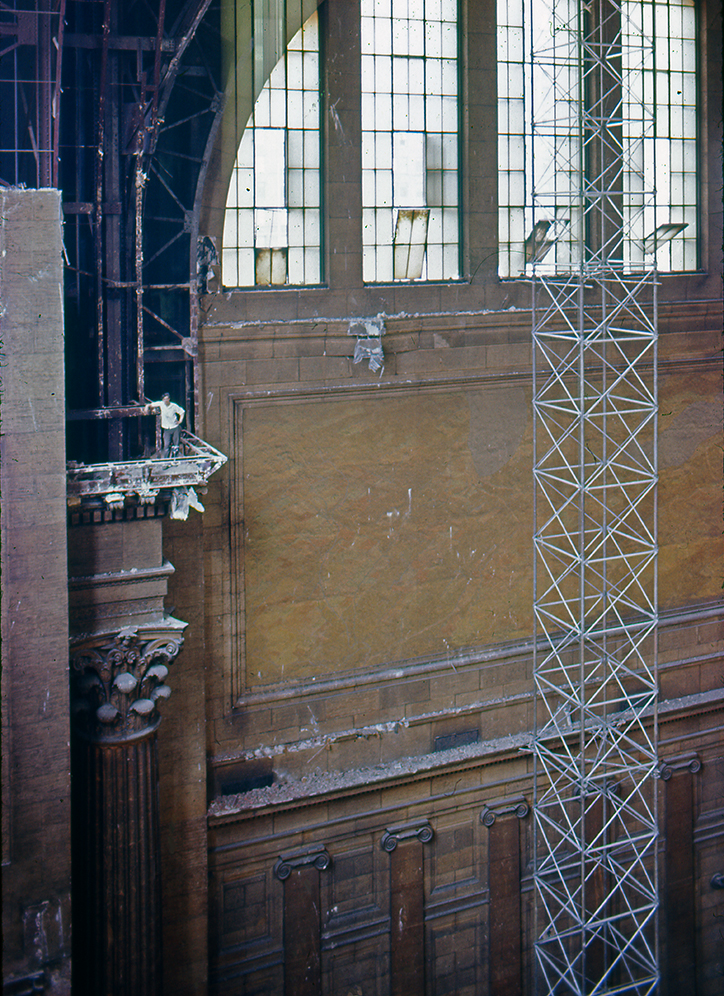
Untapped New York: How long did the whole process take to create this collection of photographs?
McGrath: As soon as I heard that the station would be demolished, I went around and did several photographs at either the very early stage of the demolition, very soon after, or slightly before. I can’t tell you precisely how many [days] I went, but I wasn’t being paid to do this, so it was mostly when I had the time and the inclination, and the circumstances were right. I started in the spring/summer of 1963, and it was ’67 or ’68 by the time it (the collection) was finished.
Untapped New York: What did Penn Station represent for New Yorkers, the city, to you?
McGrath: I recognized that, in some way, it would have some historical significance down the road because it was the biggest train station in the world and the second-biggest building in the nation. So, I felt it was my duty since I had the opportunity.
It wasn’t really until later that the full realization that we [had] lost a very handsome building that had been replaced by probably one of the ugliest buildings in the city, Madison Square Garden, a building of virtually no quality of architecture, that we realized no building is safe. It was partly, not directly, as a result of that, that the Landmarks Commission was started.
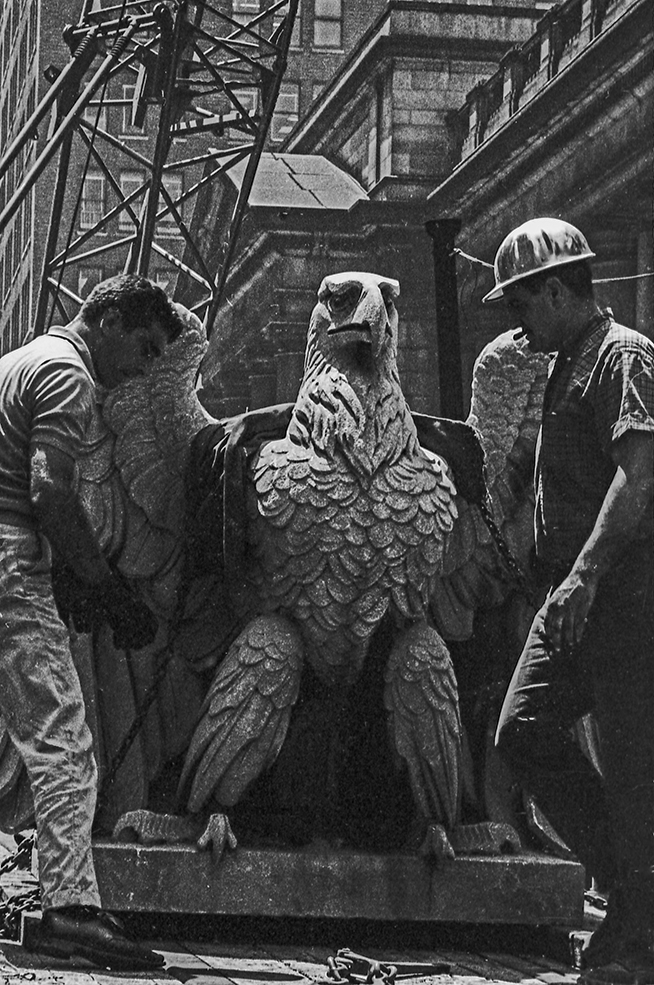
Untapped New York: What is the significance of the collection’s title, “Penn Station–A Flawed Masterpiece?”
McGrath: The station’s size was largely determined not so much by necessity as by a desire to impress long-distance travelers, which I think was a basic flaw in the design of the building. But it was commuters who ended up being the main benefactors, and they just wanted to get from point A to point B as quickly as possible, yet in some cases, that meant you had to traverse quite a distance. The waiting room was 300 feet long, 150 feet high, and 110 feet wide. It was one of the biggest rooms in the country. Absolutely immense.
Plus, the exaggerated horizontality of the building, by that I mean those long facades of Penn Station, made it a very unappealing neighbor. When you think about walking down a city street, what makes walking down city streets interesting is the life that goes on in the city. It’s the shops. It’s what you see. But when you got to the station, it was a long, entirely blank block; there weren’t even any trees. So, you might even avoid such a block.
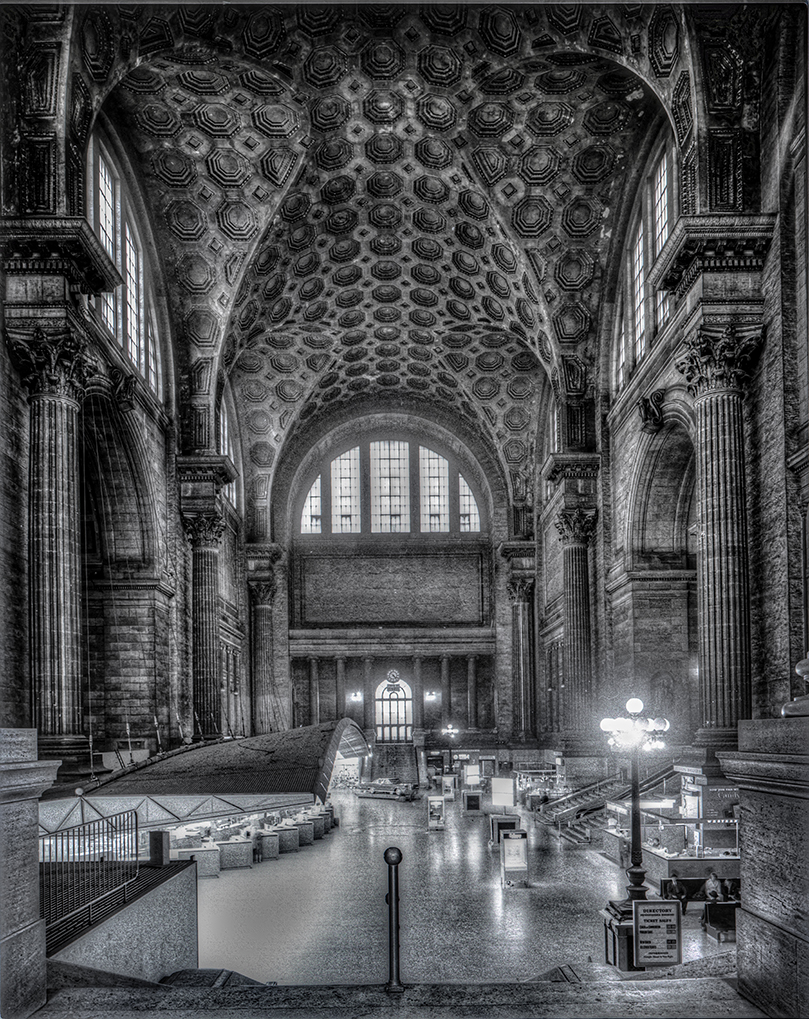
I think it’s true to say that the Pennsylvania Railroad Company had been a very, very profitable company, and I think they were slightly ashamed that they had to pull down a building that they built less than 60 years before that could have lasted for centuries, the way that it was built. Making a building that made such a bold statement in 1910 that provided a direct connection into the middle of Manhattan, where none existed, was a tremendous feat, so I think they were somewhat ashamed about it. I feel that designing a building in that fashion, to make it so damn big simply because they had the money to do it, was ultimately a detriment. When push came to shove, the size of the building had become such a burden to this nation, the maintenance costs were something like over $3 million a year, and it didn’t bring any income into the company, so the longer the station existed, the more burdensome it became over time.
Untapped New York: Are there any regrets with this collection?
McGrath: I have no regrets whatsoever. I’m glad that I did it. This set of photographs is of sufficient historical merit. Some things assume more importance after, and you don’t necessarily realize the significance of what you’re doing at the time, but I still feel that it was a worthy subject.
Although, it saddens me that it’s taken so long [for these photographs to be seen]. I had hoped to produce a book on the subject at this point. I have proposals for books using my photographs; some may yet transpire.
Untapped New York: What about the demolition of the station surprised you?
McGrath: When it came to transforming the station in the ’60s, there was little or no official photography. That’s odd. For no other reason, photographs are frequently useful to contractors. So, in that respect, I don’t know. A lot of it was so unseen by the public. For example, when it came to the foundations of Madison Square Garden, which were 30 feet below the tracks and 45 feet below the street, that’s 75 feet; that’s where bedrock was. You needed a sound foundation to support the tracks, and in addition to the tracks, then you had to support a building on top as well.
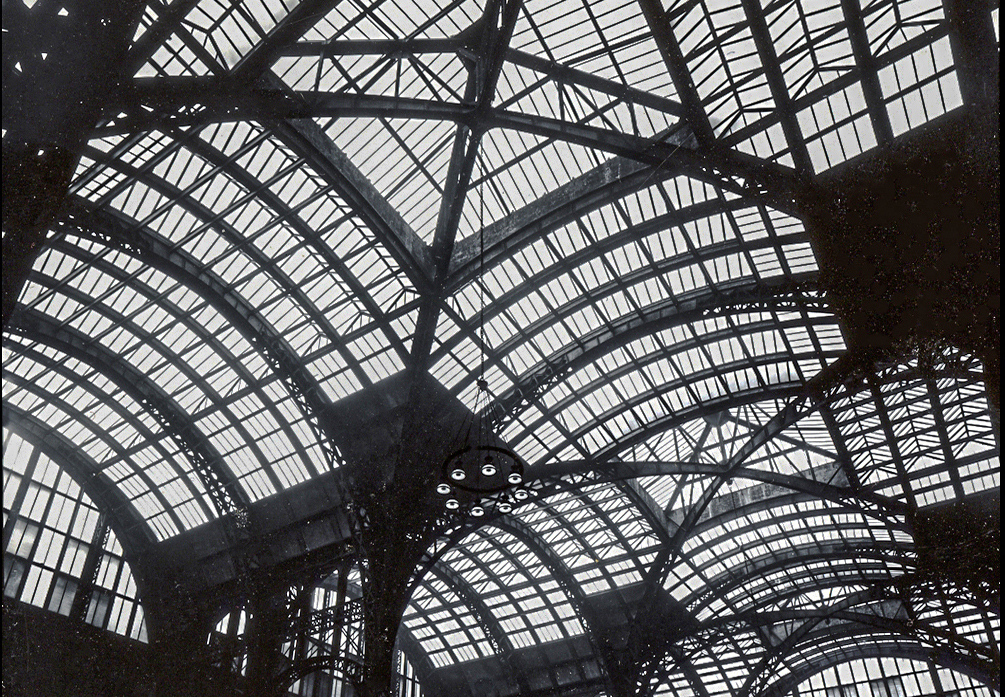
Well, there had been a building before, so you might be able to reuse some, but the likelihood that it (the foundation) would certainly have to be quite severely modified to be useful, and all that work probably had to go on for months without anybody being aware of it. Only people who traveled through the station regularly would ever see any evidence of what was going on down below the tracks or platforms between trains.
Untapped New York: What is next for this collection and yourself?
McGrath: I will give a lecture at the Century Association on April 15th about the collection. I am anxious to give this talk, as I’ve mentioned the great respect people (and I) have for Penn Station, but I have my reservations. I think it (Penn Station) was too damn big, but as a non-architect to say that, it’s like, who the hell is this guy telling us that Penn Station is not the greatest building ever built? I have to tread somewhat lightly when I have this line of thinking. If I were an academic, people might value my judgment more. Still, as a photographer, I know how important proportion and everything else is when it comes to architecture, particularly classical architecture. I do think it would have been torn down by now.
McGrath’s photographs are featured in Hilary Ballon’s book, New York’s Pennsylvania Station and on Untapped New York’s Remnants of Penn Station Tour! Norman McGrath will present a lecture on the collection “Penn Station–A Flawed Masterpiece” at the Century Association in Manhattan on April 15th, 2024, at 6:00 p.m. Admission is free but you must make a reservation to attend by calling 212 944 0090.
Next, check out 10 Secrets of the Original Penn Station
Subscribe to our newsletter